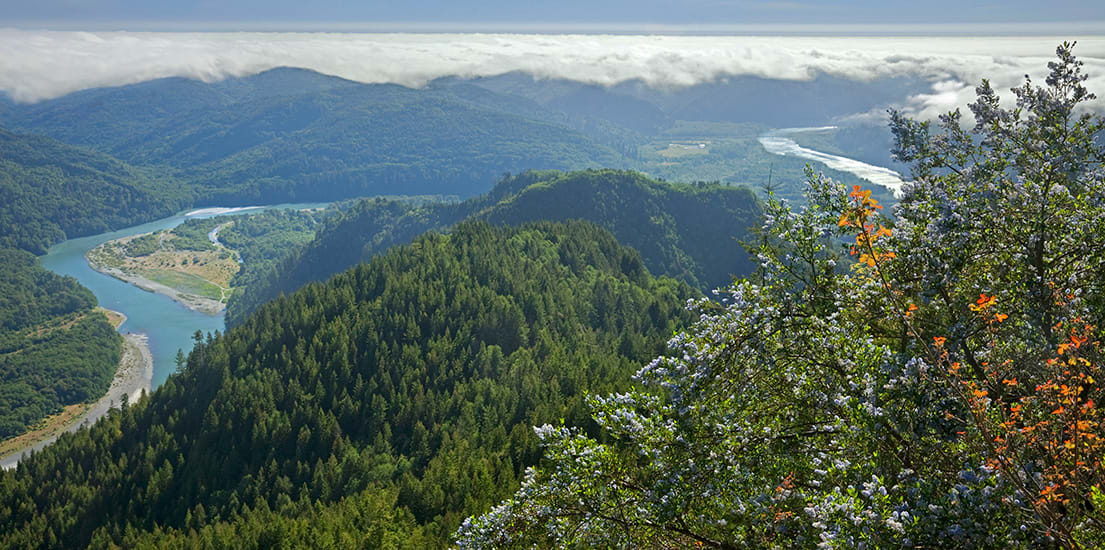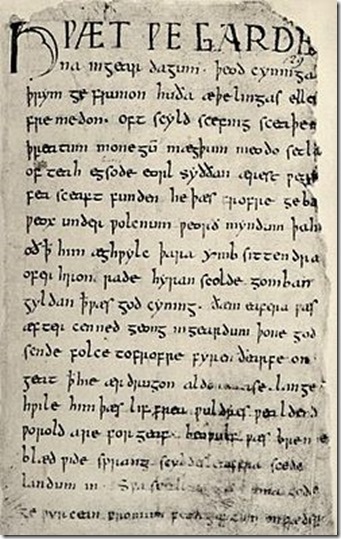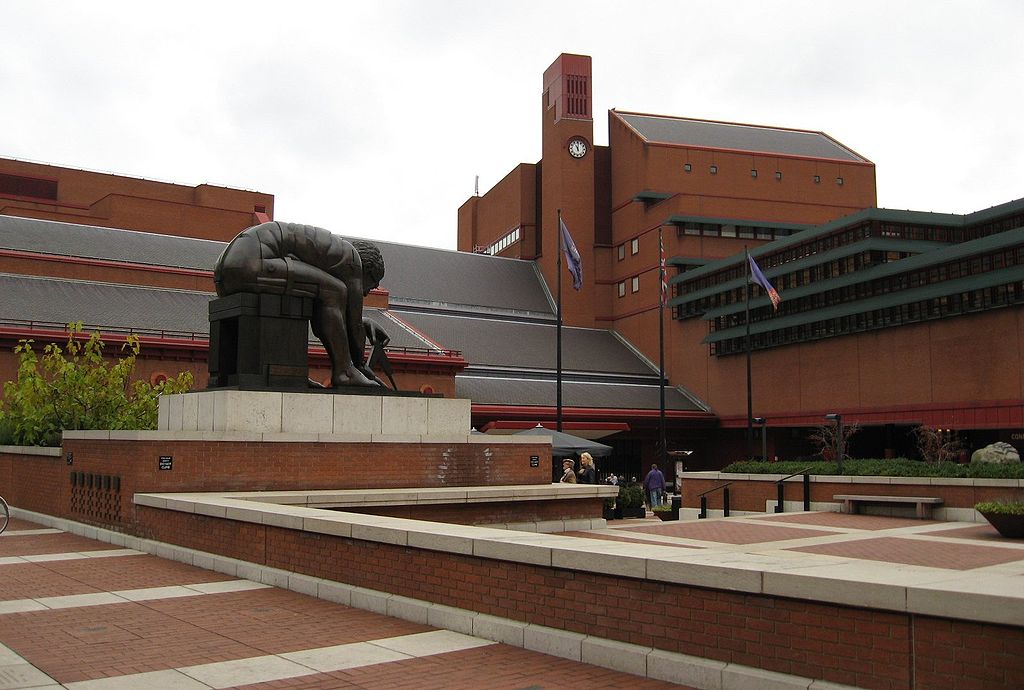The Saving Impluse: Why We Protect Rivers

Why do we protect rivers? There are many persuasive reasons why we should protect them, but why we do protect rivers can be more complicated, even mysterious.
In the U.S., rivers feed us by irrigating millions of acres of farmland. They store our drinking water. Their dams provide much of our electric power. They carry boats that carry our freight. Yet we sometimes declare part or all of a river off-limits to alteration, obstruction, diversion, or motorized use. Why?
There are many persuasive reasons to protect rivers. They fall into three categories:
Utility: Free-flowing rivers provide essential ecosystem services. For example, they provide and nourish critical habitat; they sustain springs and aquifers; and they regulate climate and disease.
Joy, wonder, contentment, or fun: People float rivers, fish them, swim them, paint and photograph them, and just look at them. Rivers connect us to our history and culture. They contain worlds just out of reach that stir our imagination.
Ethics: The authoritative description of the “land ethic” is still Aldo Leopold’s: The “land ethic changes the role of Homo sapiens from conqueror of the land-community to plain member and citizen of it. It implies respect for his fellow members, and also respect for the community as such." A river’s community includes people and other species that depend on it for life and livelihood. We all share ethical responsibility to that community.
If you accept just one of those reasons, then you have accepted responsibility to protect rivers. And such arguments do in fact persuade countless people to act every day on behalf of rivers.
But in addition to those motivators, I think something else is at work. This motivator is a shape-changer, hazy and hard to pin down. I call it “the saving impulse.”
I can best describe the saving impulse with a story.
In the early 17th century, an Englishman named Sir Robert Cotton amassed a collection of ancient books and manuscripts. It was arguably the most important private library the world has seen. It became the basis of the British Library.
Cotton did not acquire his books to read them. Many were written in earlier English languages that he and his contemporaries could not decipher. Needing a system for classifying books with unknown content, he came up with an ingenious solution. He set busts of Roman emperors at intervals atop his library shelves. Then he named each book after the emperor above it and added a letter and number to designate the shelf the book sat on and its place on the shelf.
One of those books is now one of the most famous volumes in the Western world. It sat beneath the bust of the Emperor Vitellius and is still known as Cotton Vitellius A XV. It contains the only known text of the great Old English saga Beowulf.
Who was responsible for saving this unintelligible book? I count at least eight people or groups of people.
The First Savers: Old English Bards. By the time Cotton got his hands on Vitellius A XV, the manuscript was hundreds of years old, and the poem itself was older than that. We now know from its language that the manuscript was written around 1000 A.D., but it contains words from the 8th century and refers to at least one historical event in the 6th century.
That is, it has some earmarks of an oral poem like Homer's Iliad and Odyssey. Such poems are kept in people’s memories, passing from generation to generation, changing gradually to accommodate social and political changes.
|
The first page of Beowulf |
The Second Saver: the Scribe. The person who finally transcribed the poem must have been a monk. Hardly anyone else could write and have access to so much parchment. Still, despite some passages of Christian sugar-coating, the poem is blatantly pagan. God only knows why some anonymous monk wrote the 3,200 lines or how he justified his labor to his abbot.
Yet we are lucky that he did. Soon, in 1066, the Normans invaded England and changed history. French became the official language and changed Old English to Middle English. A century after the Conquest, hardly anyone could have read Vitellius A XV—let alone memorized it, as the bards did.
The Third savers: Generations of Anonymous Monks. For the next 500 years the unintelligible manuscript lay in English monasteries, somehow escaping fire, theft, flood, worms, and mold.
The Fourth Saver: Lawrence Nowell? In the 1530’s, Henry VIII celebrated his break from the Church of Rome by seizing English monasteries and burning their books. Someone—perhaps a certain Lawrence Nowell, Dean of Lichfield—rescued Vitellius A XV from the flames, for reasons we will never know.
The Fifth Saver, Robert Cotton. The destruction of monastic libraries contributed to a flood of old books and manuscripts on the English market. Luckily, a few people like Robert Cotton were there to acquire and care for them.
The Sixth Saver, Great Britain: After Cotton’s death, the entire library was moved to Westminster College, where it became the foundation for the British Library, but its travails were not over. In 1731 fire struck again and destroyed or damaged much of the Cottonian collection. Although the fire only scorched Vitellius A XV, its charred edges became brittle and started to flake away.
Seventh Saver: Thorkelin. No one yet understood the manuscript very well. Some thought that it was an Old Danish epic. With that in mind, an Icelander named Thorkelin made two copies of the poem in 1787, thinking he was preserving part of his Danish heritage. He reconstructed words at the edges of the pages as best he could. It is well he did, because much more of the manuscript has disintegrated since then.
|
The British Library today, the permanent home of Robert Cotton’s collection. The British Library’s creators had the same “saving impulse” that many conservationists have today. |
The Final Savers: All of Us. Finally the first printed text appeared in 1815. Many new editions have followed, like flowers from a single, ancient seed. Read for pleasure and for scholarship, it has become an essential part of countless people’s heritage.
So we can identify at least some who saved the poem. Why they did is more complicated. What is this impulse to save? If we could ask the Beowulf savers why they did it, I am sure of only three things.
• Their answers would have differed.
• For about 700 years—from around 1100 until the age of modern scholarship—none of them even knew what they were saving.
• None of them knew that they were saving the poem for my enjoyment.
People who help save rivers are the descendants of Sir Robert Cotton. In his time it was important to save rare and endangered elements of cultural history. In our time, our natural heritage is in jeopardy. Like Cotton, we do not understand everything in our rivers’ libraries.
Maybe saving rivers satisfies a need to be firmly rooted in the future. We can’t predict how a river will be important to people in the year 3000, which is about as distant from us as we are from the Beowulf scribe. All we know is that by saving the present we might enrich the future.
We have inherited a world of extraordinary variety and complexity in which people have survived and flourished for eons. No wonder we try to save its best and most endangered parts. But today, as in the past, not everyone acts on the saving impulse. We may always depend on those whom Carl Sandburg called “the saving minority.” By saving possibilities, they might save the rest of us.
The saving impulse seems uniquely developed in Homo sapiens. It is more far-sighted and more communal than, say, storing nuts to eat next winter. When we protect a river, we not only keep it and its community alive; we also keep alive what is best in ourselves. It is the human thing to do.
* * *
(Note: I have adapted some of this from my article “On Saving Diversity” in The Nature Conservancy News, Jan-Feb, 1982.)
Jon Roush serves on WRC's Board of Directors


